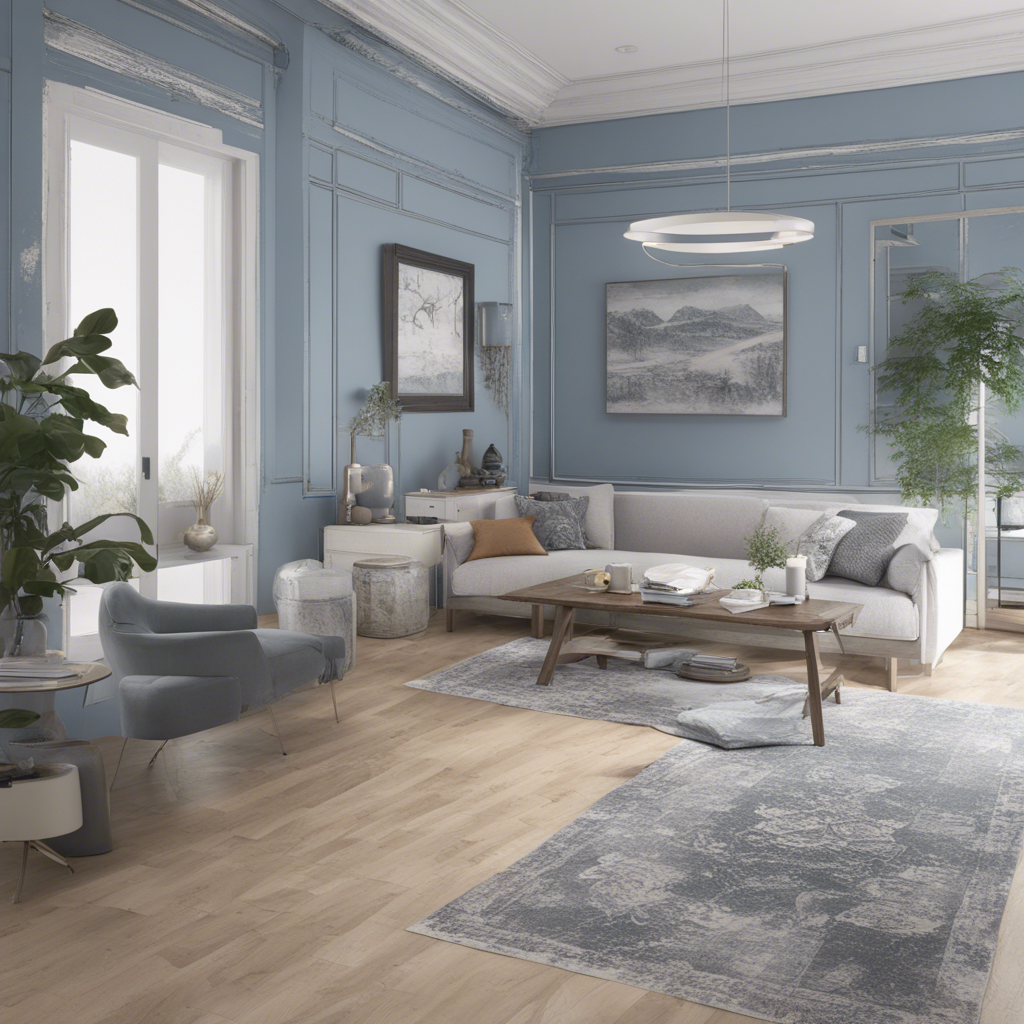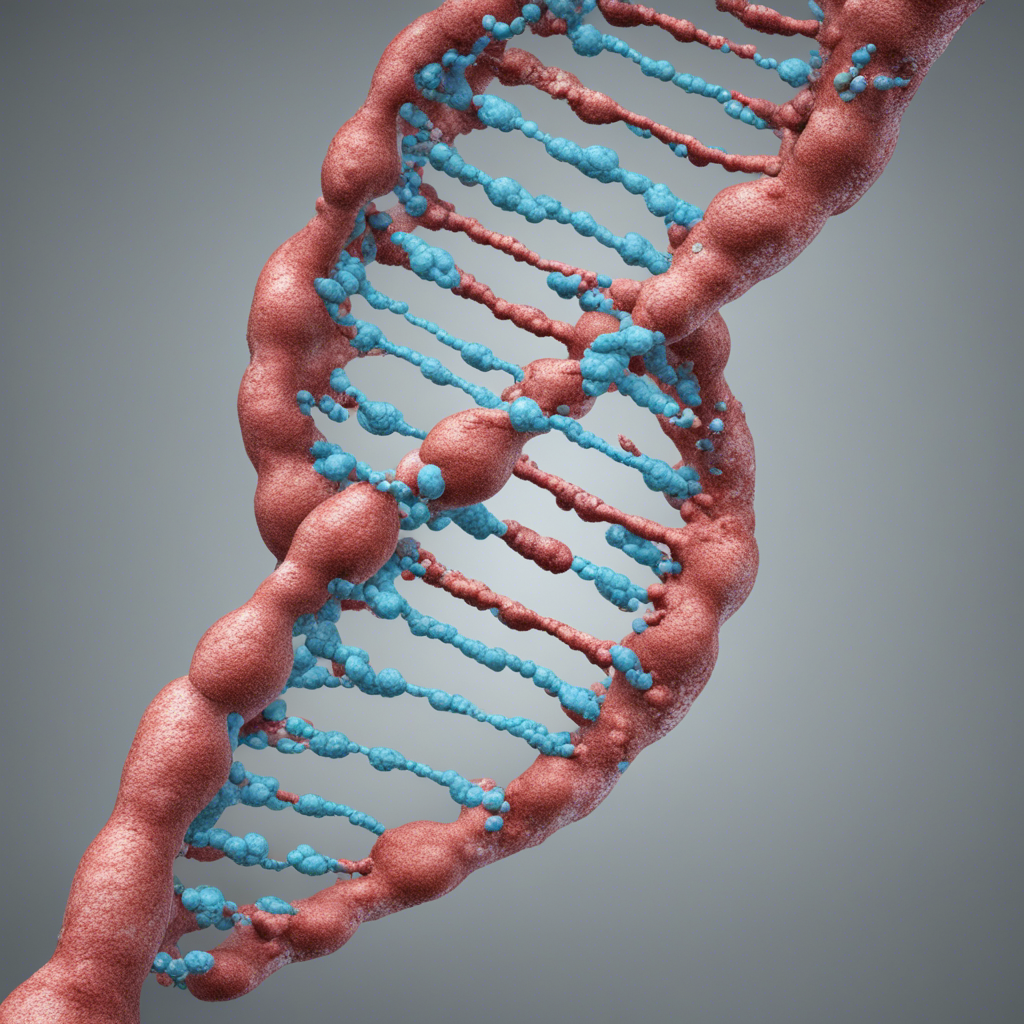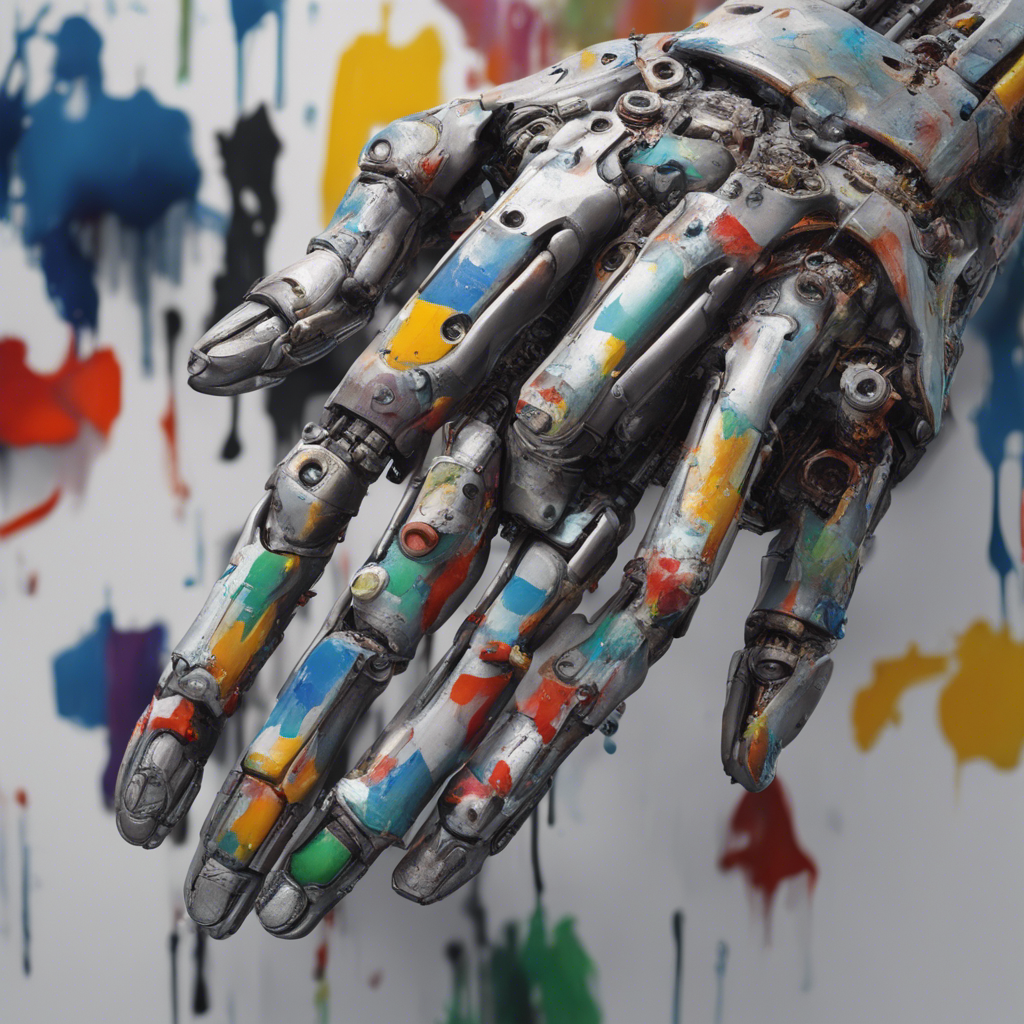
Generative Design: AI Driving Form and Function
Introduction
In recent years, artificial intelligence (AI) has revolutionized various industries, and design is no exception. Generative design, a rapidly evolving field within AI, has gained significant attention for its ability to optimize form and function in the design process. By harnessing the power of machine learning and computational algorithms, generative design opens up new possibilities for creativity, efficiency, and sustainability.
In this blog post, we will explore the concept of generative design, how it works, its applications across different industries, and the potential impact it may have on the future of design.
Understanding Generative Design
Generative design refers to the process of using AI algorithms to explore and generate multiple design options based on a set of predefined criteria. Unlike traditional design methods that rely on human input and intuition, generative design leverages computational power to simulate and analyze countless variations in a fraction of the time.
The core idea behind generative design is to generate designs based on a defined problem and a set of constraints, allowing AI algorithms to iterate and optimize designs by continuously evaluating different parameters such as weight, material usage, structural integrity, aerodynamics, and more. By considering these factors, generative design can produce designs that are optimized for performance, efficiency, and cost-effectiveness.
How Generative Design Works
Generative design relies heavily on machine learning and computational algorithms. Here’s a simplified explanation of how it works:
-
Define the problem: The first step is to clearly articulate the design problem and set specific constraints and objectives. For example, if designing a car chassis, the constraints could include the material strength, weight limit, and aerodynamic efficiency.
-
Create a design space: Next, an AI algorithm creates a design space that encompasses all the possible solutions within the given constraints. This space is typically represented as a complex multidimensional graph.
-
Evaluate and optimize: Once the design space is established, the AI algorithm starts generating different designs and evaluates their performance against the defined criteria. It uses a combination of machine learning techniques and simulations to analyze thousands or millions of design options.
-
Iterate and refine: The algorithm iteratively refines the designs by discarding underperforming options and evolving promising ones. This process continues until the algorithm converges on the optimal design or the desired number of iterations is completed.
-
Output and review: Finally, the generative design algorithm outputs a set of design options, each representing a unique solution that meets the defined criteria. Designers and engineers review these options, considering aesthetics, manufacturability, and other subjective factors, and select the most suitable design to move forward.
Applications of Generative Design
Generative design has shown immense potential across various industries. Let’s explore a few notable applications:
Architecture and Construction
Generative design is transforming the architectural and construction industries by optimizing building structures for efficiency, sustainability, and aesthetic appeal. By considering factors such as material usage, load-bearing capacity, natural lighting, and energy consumption, generative design algorithms can propose innovative and sustainable architectural solutions.
Manufacturing and Product Design
In product design and manufacturing, generative design enables the creation of highly optimized components and parts. By iteratively refining designs based on mechanical properties, weight reduction, and manufacturing constraints, generative design algorithms suggest designs that are lighter, stronger, and more cost-effective. This can lead to improved products and more efficient manufacturing processes.
Automotive and Aerospace Industries
Generative design has found significant applications in the automotive and aerospace industries. By considering factors like vehicle weight, aerodynamics, and safety, AI-powered algorithms can propose innovative designs for car frames, aircraft structures, and other components. Generative design helps optimize these designs for fuel efficiency, strength, and safety.
Medical and Prosthetics
Generative design has also made its mark in the medical field, particularly in the design and manufacturing of prosthetics. By analyzing patient-specific data, generative design algorithms can create customized prosthetic devices that are not only functional but also comfortable and aesthetically pleasing.
The Future of Generative Design
Generative design is still an evolving field with tremendous potential. As AI technologies continue to advance, we can expect generative design to become more sophisticated and efficient. Here are a few trends to watch out for:
-
Integration with additive manufacturing: Generative design and additive manufacturing, also known as 3D printing, go hand in hand. As generative design continues to optimize designs for complex geometries and material efficiency, additive manufacturing technologies can bring these designs to life, enabling rapid prototyping and manufacturing of highly customized products.
-
Sustainability-driven design: With growing concerns about sustainability, generative design can play a crucial role in creating environmentally friendly solutions. By considering factors like life-cycle analysis, recyclability, and energy consumption, generative design algorithms can propose designs that minimize environmental impact.
-
Human-AI collaboration: While generative design currently relies heavily on AI algorithms, the future may see a more collaborative approach between humans and AI. Designers and engineers can work alongside AI algorithms, guiding and refining the generative design process, leveraging their creativity and expertise alongside AI’s computational power.
Conclusion
Generative design is revolutionizing the way we approach design problems. By harnessing the power of AI algorithms and computational techniques, generative design enables designers and engineers to explore countless design possibilities and optimize form and function like never before. The applications across various industries are vast, and the potential for future advancements is exciting. As this technology continues to evolve, we can expect generative design to drive innovation and shape the future of design in a multitude of fields.
Note: The images used in this blog post are for representation purposes only and do not depict actual generative design outputs.






